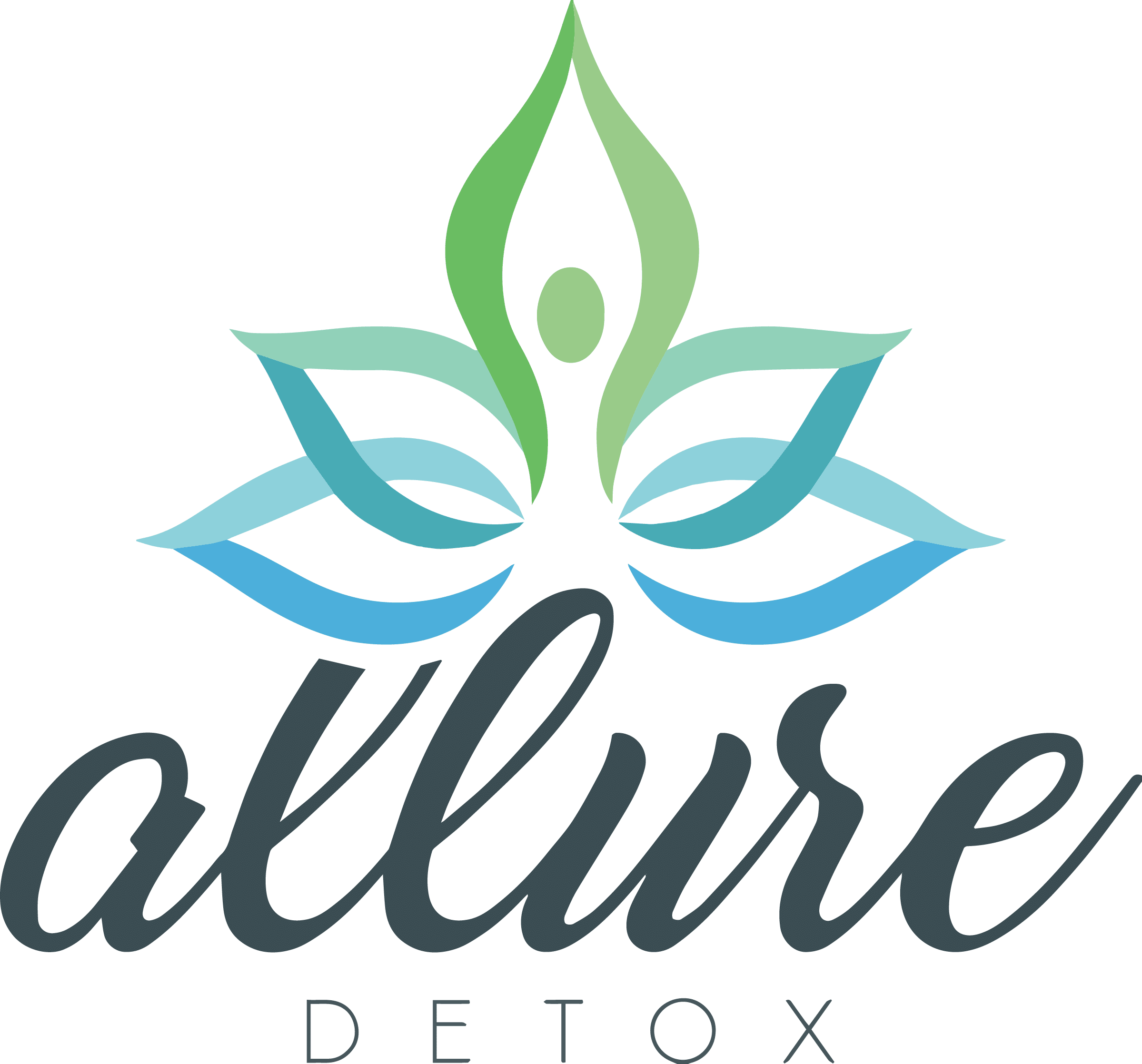Experiencing Lortab withdrawal can be an overwhelming and challenging ordeal. The physical and psychological symptoms accompanying this process often leave individuals feeling lost and unsure of what steps to take next. But fear not; this page is here to guide you through the complexities of Lortab detox and recovery. By understanding the science behind opioid dependence, recognizing withdrawal symptoms, and exploring the various treatment options available, you can pave the way toward a successful recovery.
Throughout this blog post, you will discover valuable information about navigating the detox process, the timelines involved, and the importance of a comprehensive treatment program. Furthermore, you will learn about the crucial role of support systems and aftercare and how to find the right Lortab detox center that meets your specific needs. With this knowledge in hand, you will be better equipped to face the challenges of Lortab withdrawal and embark on the path to a healthier, substance-free life.
Table of Contents
Key Takeaways
- Medical detox is recommended for safely managing the physical and psychological symptoms of Lortab withdrawal resulting from opioid dependence.
- Medications such as methadone, buprenorphine, and lofexidine are often used in Lortab detox programs to reduce withdrawal symptoms and risk of abuse.
- Comprehensive treatment programs provide a range of inpatient/outpatient options, holistic/behavioral therapies & long-term recovery support to help individuals achieve lasting sobriety.
Understanding Lortab Withdrawal
Lortab withdrawal, which results from opioid dependence due to drug abuse, manifests through a range of physical and psychological symptoms that can be challenging to manage. Misusing hydrocodone, the active ingredient in Lortab, may lead to addiction or physical dependence and opioid overdose, and stopping its use abruptly can cause a surge in:
- blood pressure
- respiration
- body temperature
- heart rate
Lortab withdrawal is a type of opioid withdrawal. Symptoms may include:
- intense cravings
- mood swings
- insomnia
- nausea
- flu-like symptoms
- body aches
- high blood pressure
Medical detox is a recommended method for safely and effectively managing these symptoms.

The Science Behind Opioid Dependence
Opioid dependence arises from the brain and body’s reliance on increased endorphins produced by opioids, which bind to opioid receptors in the central nervous system. When the drug is no longer present, withdrawal symptoms occur as the brain and body struggle to adapt to the absence of these endorphins.
Tapering, or gradually reducing the dose of hydrocodone, is a recommended treatment for hydrocodone to safely discontinue the drug and minimize the risk of life-threatening withdrawal symptoms. Consulting a qualified physician for proper tapering procedures helps avoid complications.
Recognizing Withdrawal Symptoms
The intensity and duration of Lortab withdrawal symptoms can vary, influenced by factors such as the level of substance abuse, the duration of drug use or consumption, and the quantity ingested. Common hydrocodone withdrawal symptoms include nausea, vomiting, diarrhea, muscle aches, sweating, anxiety, and insomnia. Detox hydrocodone withdrawal symptoms, as well as common Lortab withdrawal symptoms, encompass sedation, lethargy, nausea, drowsiness, and respiratory depression.
Recognizing these symptoms is key to obtaining appropriate medical care and support during detoxification.
Detox forms an integral part of overcoming Lortab addiction, with medical detox viewed as both safe and effective. Medical detox entails:
- Round-the-clock care
- Administering medication
- Overseeing the process with professional supervision to manage withdrawal symptoms and avert any complications.
Typically, detoxification is conducted at a hospital, a specialized hydrocodone detox center, or a treatment center that offers a hydrocodone detox program or addiction treatment programs.
The Role of Medical Detox
Medical detox provides continuous care, medication, and expert supervision to control withdrawal symptoms and ward off complications. The stages of medical detoxification for Lortab addiction may encompass:
- Evaluation
- Stabilization
- Medication-assisted treatment
- Transition to further treatment
Possible complications during medical detox include:
- Diarrhea
- Drug cravings
- Cold sweats
- Mood swings
- Sleep disturbances
These complications can be controlled with medical supervision, healthcare professional support, family therapy, and prescription medications to ease withdrawal symptoms.
Medications Used in Lortab Detox
Various medications may be prescribed during Lortab detox to alleviate withdrawal symptoms and create a more comfortable detoxification process. Commonly prescribed medications include methadone, buprenorphine, and lofexidine. Methadone has been traditionally used for both detoxification and long-term medical maintenance, as it has a milder effect than other opiates and a longer half-life, allowing it to manage opiate withdrawal with minimal risk of dependence effectively.
Buprenorphine, Suboxone, and Subutex are common partial agonist medications employed in Lortab addiction treatment, providing relief from withdrawal symptoms while reducing the risk of opioid abuse thereafter.
Timelines for Lortab Detox
Lortab detox timelines can vary, with the acute withdrawal phase typically lasting up to a week, and post-acute withdrawal syndrome (PAWS) potentially persisting for months. The timeline of Lortab detox may be affected by factors such as:
- the individual’s metabolism
- the duration and dosage of Lortab use
- the presence of any co-occurring medical or mental health conditions
- the use of any medications or treatments during detox
Acute Withdrawal Phase
The acute withdrawal phase of Lortab detox involves the initial onset of symptoms, peaking within 30-72 hours and gradually subsiding over the course of a week. During this phase, individuals may experience symptoms such as:
- Nausea and vomiting
- Diarrhea
- Muscle aches and pains
- Sweating
- Chills
- Runny nose
- Watery eyes
- Restlessness
- Insomnia
As the body adjusts to the absence of the drug, the severity of these symptoms will diminish, eventually subsiding altogether.
Post-Acute Withdrawal Syndrome (PAWS)
Post-acute withdrawal syndrome (PAWS) involves lingering withdrawal symptoms that can last for months but are generally less severe than those experienced during acute withdrawal. People may experience withdrawal symptoms such as:
- Mood changes
- Irritability
- Anxiousness
- Fatigue
- Difficulty concentrating
- Sleeplessness
- Cravings
- Depression
- Physical symptoms such as headaches and muscle aches
Although these symptoms can be challenging to manage, they typically decrease in intensity over time, allowing the individual to return to a state of normalcy and stability gradually.
Comprehensive Treatment Programs for Lortab Addiction
Comprehensive treatment programs for Lortab addiction include:
- Inpatient and outpatient options
- Holistic and behavioral therapies to address the root causes of addiction
- A supportive environment
- Necessary tools to help individuals overcome their addiction
- Long-term recovery
These programs aim to provide a comprehensive approach to treating Lortab addiction and helping individuals achieve lasting recovery.
Understanding the different available treatment options and their benefits allows individuals to choose the path that best suits their needs.
Inpatient vs. Outpatient Programs
Inpatient programs provide intensive, structured care in a residential setting, offering 24/7 medical and therapeutic assistance for the duration of the program. These programs are best suited for individuals with severe addiction, co-occurring serious mental health issues or disorders, or a high risk of relapse. The mental health services administration plays a crucial role in ensuring the quality and effectiveness of such programs.
Outpatient programs, on the other hand, allow individuals to continue living at home while attending scheduled treatment sessions. This option offers greater flexibility and is ideal for individuals with mild to moderate addiction and a stable support system.
Both the inpatient treatment and outpatient treatment options strive to help individuals overcome their addiction and attain long-term recovery, with the choice between the two dependent on the individual’s needs and circumstances.
Holistic and Behavioral Therapies
Holistic and behavioral therapies aim to address the underlying issues contributing to addiction and teach coping strategies for long-term recovery. Holistic therapy focuses on balancing the mind, body, and spirit, or addiction medicine, while behavioral therapies, such as Cognitive Behavioral Therapy (CBT) and Contingency Management, target the psychological and behavioral aspects of addiction.
By combining these approaches, comprehensive treatment centers and programs can effectively address the root causes of addiction and provide individuals with the tools necessary to maintain sobriety.
Support Systems and Aftercare
Support systems and aftercare are vital in maintaining sobriety, as a strong recovery community and personalized aftercare plan provide continuous support. By building a network of peers, professionals, and loved ones dedicated to their recovery, individuals can find the encouragement, understanding, and accountability needed to stay on the path to a substance-free life.
Building a Recovery Community
Building a recovery community involves:
- Connecting with others in recovery through support groups, counseling, and therapy sessions
- Sharing experiences and offering mutual support
- Gaining valuable insights and encouragement to help maintain sobriety
- Fostering a sense of belonging and accountability
- Empowering individuals to resist the temptation to relapse and continue on their journey to a healthier life.
Creating a Personalized Aftercare Plan
Creating a personalized aftercare plan involves identifying triggers, developing coping strategies, and establishing a support network to help maintain sobriety. This plan may include continued therapy and counseling, support groups, medication management, lifestyle modifications, relapse prevention strategies, and ongoing monitoring and accountability.
By tailoring the aftercare plan to the individual’s unique needs and circumstances, they can better prepare for the challenges they may face in maintaining their sobriety and achieving long-term recovery.
Finding a Lortab Detox Center
Finding a Lortab detox center involves considering factors such as location, treatment approach, and insurance coverage. Facilities like Allure Detox in West Palm Beach offer evidence-based detox programs, providing a comfortable and supportive environment for individuals to undergo detoxification.
By evaluating these factors and consulting with healthcare professionals, individuals can find the right detox center to follow up treatment to meet their specific needs and ensure a safe and effective detox process.
Criteria for Choosing a Detox Center
Selecting a Lortab detox center requires consideration of the following factors:
- Accreditation
- Licensing
- Medical staff expertise
- Treatment approach
- Individualized treatment plans
- Continuum of care
- Facilities
- Amenities
- Insurance coverage
- Reviews
- Testimonials
- Location
By carefully assessing these criteria, individuals can decide which detox center best aligns with their needs, preferences, and circumstances, ultimately contributing to a more successful recovery journey.
Summary
In conclusion, navigating Lortab withdrawal and recovery can be an arduous process, but with proper knowledge and support, it is possible to overcome addiction and achieve long-term sobriety. By understanding the science behind opioid dependence, recognizing withdrawal symptoms, exploring treatment options, building a recovery community, and finding the right detox center, individuals can take control of their lives and embark on a healthier, substance-free journey.
With the guidance and information provided in this blog post, you now have the tools and resources to face the challenges of Lortab withdrawal and recovery head-on. Remember, seeking help, support, and professional guidance is crucial to achieving and maintaining sobriety. With determination, perseverance, and the right approach, you can overcome your addiction and embrace a brighter, healthier future.
Please call Allure Detox today to learn more about Lortab addiction treatment near you!
Frequently Asked Questions
Which is stronger, oxycodone or hydrocodone?
How strong is hydrocodone?
Is hydrocodone an opiate?
What is Lortab withdrawal?
How long does the acute withdrawal phase of Lortab detox typically last?



